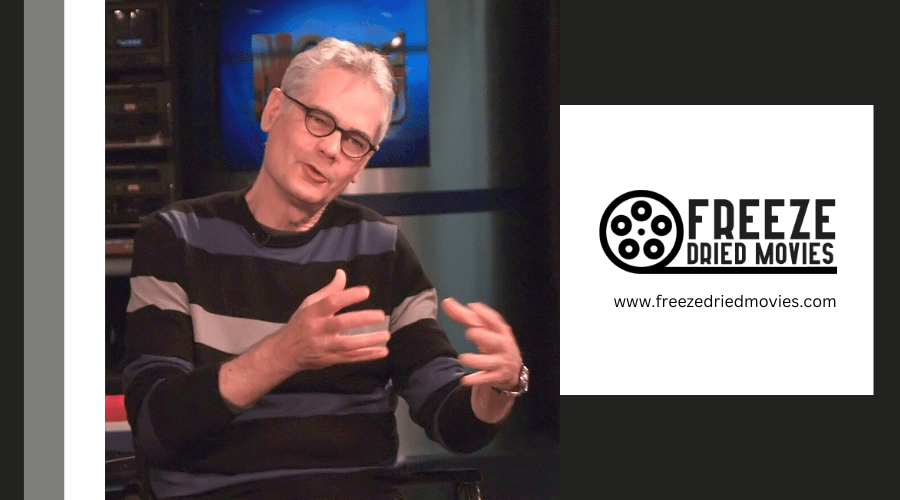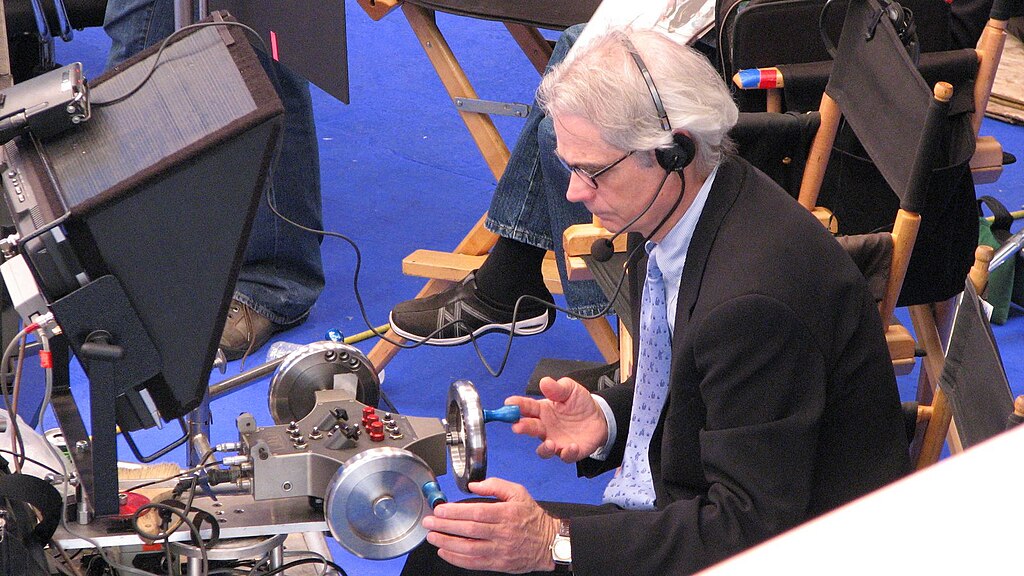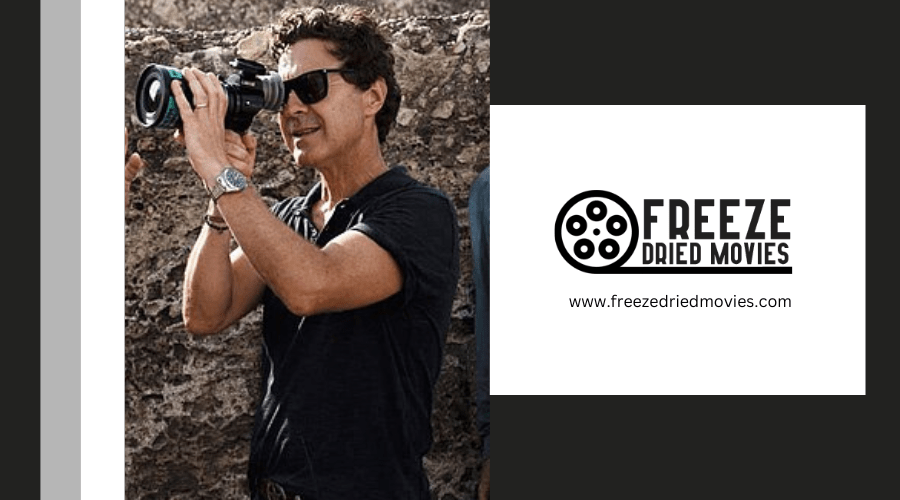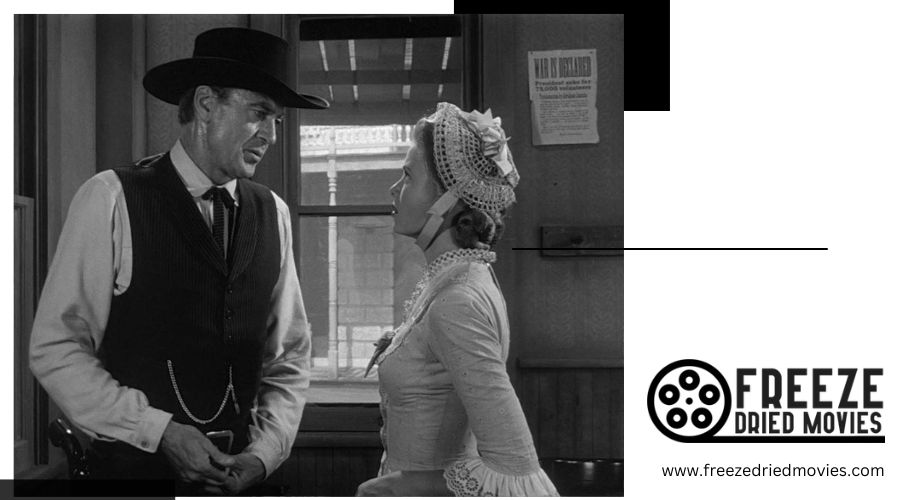How Caleb Deschanel Redefined Cinematic Movement Through the Lens

Caleb Deschanel redefined cinematic movement by fusing technical precision with artistic vision. You'll notice his mastery in The Black Stallion's breathtaking race sequences and oceanside tracking shots. He seamlessly bridges classic Hollywood techniques with contemporary visual languages, capturing iconic moments through deliberate framing rather than dialogue. His evolution from traditional film to pioneering virtual production in The Lion King demonstrates how his principles transcend technological shifts. His journey reveals how cinematography becomes pure visual poetry.
Key Takeaways
- Deschanel mastered the art of visual storytelling without dialogue, letting camera movement and framing convey emotional narrative.
- His work on The Black Stallion merged technical precision with artistic vision, creating breathtaking tracking shots and race sequences.
- He seamlessly bridged classic Hollywood cinematography techniques with New Hollywood sensibilities, establishing versatile visual language.
- Deschanel translated his expertise in live-action movement to virtual production in The Lion King, revolutionizing digital cinematography.
- His deliberate framing choices and fluid camera movements transform ordinary scenes into cinematic poetry with enduring impact.
The Evolution of Deschanel's Cinematic Vision
While many cinematographers struggle to adapt to changing technologies, Caleb Deschanel's remarkable journey from the sweeping landscapes of The Black Stallion to the groundbreaking virtual photography of The Lion King demonstrates his exceptional versatility. As a director of photography who seamlessly shifts between genres and production scales, he's consistently pushed boundaries in the film industry.
His mastery of color as emotion mirrors the revolutionary impact that Technicolor had on visual storytelling in cinema's transition from black and white. His technical expertise allows him to move fluidly from classic Hollywood aesthetics to cutting-edge digital technologies. Whether capturing intimate moments between characters within small-budget films or orchestrating grand visual sequences in blockbusters, Deschanel maintains his distinctive style while embracing new tools.
His collaborative approach with VFX teams on The Lion King exemplifies his commitment to realism and storytelling—proving that true mastery comes from continuous learning and openness to evolving one's craft.
Mastering Technical Artistry in The Black Stallion
When examining Deschanel's groundbreaking work on The Black Stallion, you'll immediately recognize a masterful fusion of technical precision and artistic vision that defined his early career. His camera movements seamlessly bridged classic Hollywood cinematography with emerging New Hollywood aesthetics, particularly evident in the film's breathtaking race sequences and oceanside tracking shots.
His work on the film's iconic race scenes—combining technical expertise with artistic sensibility—established the foundation for his acclaimed career. Deschanel's versatility in maneuvering both traditional and contemporary visual languages ultimately contributed to the film's enduring legacy.
You'll notice how Deschanel captures grand themes through one shot compositions that demonstrate his wide range of technical abilities. The big-budget production allowed him to showcase his adaptability, crafting complex visual narratives through deliberate framing and movement.
Much like John Ford's deep focus cinematography in the 1940s, Deschanel's techniques created an immersive visual experience that transformed landscapes into active participants in the narrative.
From Passion to Profession: Deschanel's Career Trajectory
Deschanel's rise from an aspiring filmmaker to one of cinema's most respected cinematographers reveals how passion transforms into professional mastery. His lifelong dedication to the craft has remained his driving force, even as he continues to appreciate cinema as an art form, regularly attending movies throughout his career.
His early work on ambitious productions like The Black Stallion and The Natural became his calling card, allowing him to develop technical expertise while building a versatile skillset. What separates Deschanel from many peers is his willingness to evolve with the industry, embracing digital technologies rather than resisting them.
This adaptability offers valuable wisdom for the next generation of filmmakers traversing an increasingly digital landscape—demonstrating how artistic principles transcend technological shifts when guided by genuine passion for visual storytelling. Much like how synchronized sound revolutionized storytelling and audience experiences in the 1930s, Deschanel's embrace of new technologies continues this tradition of innovation in filmmaking.
Capturing Iconic Climactic Moments in Film History
Throughout cinema history, few cinematographers have mastered the art of capturing climactic moments with the emotional resonance that Caleb Deschanel consistently delivers. His ability to tell the story through visuals alone defines his exceptional talent.
You'll notice how certain scenes in his filmography stand as masterclasses in visual storytelling. In "The Black Stallion," Deschanel transforms a boy-meets-horse narrative into pure cinematic poetry. The beach sequence—where horse and child form their bond—relies entirely on movement and light rather than dialogue.
What separates Deschanel from his peers is his understanding that climactic moments don't require verbal explanation. Instead, he lets the camera's movement, positioning, and framing convey the emotional weight. His work reminds you that cinema's greatest power lies in showing, not telling. His visual approach shares similarities with Disney's pioneering use of the multiplane camera which revolutionized depth perception in animation during the 1930s.

Pioneering Virtual Production in The Lion King
In the evolution of modern filmmaking, Caleb Deschanel's work on Disney's photorealistic remake of "The Lion King" stands as a revolutionary milestone in virtual production. Unlike Roger Deakins' traditional approach, Deschanel photographed every scene in a virtual environment, applying his live-action expertise to a completely digital canvas.
Collaborating with MPC's VFX team, he meticulously crafted compositions that convinced audiences they were watching real locations. His mastery of lighting and camera movement translated seamlessly to this new medium, as he navigated ARRI 65 camera footage and reference libraries to achieve unprecedented realism.
Though initially concerned about the technical challenges, Deschanel embraced the process, finding creative fulfillment in pioneering new cinematic territory. The film's visual impact proved that even in a virtual space, masterful cinematography could tell stories with emotional resonance.
Translating Traditional Cinematography to Digital Realms
Bridging the gap between traditional filmmaking and digital innovation, Caleb Deschanel faced the unique challenge of applying decades of live-action expertise to a completely virtual canvas. The six-time Academy Award nominee's approach speaks volumes about his adaptability—collaborating intensively with VFX artists to translate fundamental cinematographic principles into The Lion King's computer-generated domain.
Despite initial reservations about the technical nature of virtual production, Deschanel discovered the process fascinating. His work, worthy of National Film registry recognition, involved meticulous research and on-location filming to build a photorealistic foundation. He seamlessly implemented traditional composition techniques, lighting psychology, and camera movements into the digital sphere.
The result? A visually stunning retelling that left audiences amazed by the virtual world's believability—proving that masterful cinematography transcends mediums.
Bridging Classic Hollywood and the Digital Future
When Caleb Deschanel commenced on The Lion King's virtual production journey, he didn't merely adapt to digital filmmaking—he revolutionized it. His expertise bridged classic cinematography with emerging technologies, creating a new visual language for storytelling.
Take a moment to examine how Deschanel's African research trips captured planet Earth's natural beauty in high-resolution imagery, forming the foundation for The Lion King's photorealistic world. All rights reserved to traditional techniques were honored as he collaborated with VFX teams, translating his live-action sensibilities into the digital domain.
This seamless integration of computer-generated environments with emotional narrative weight demonstrated how filmmakers could embrace technological evolution without sacrificing artistic integrity. Deschanel's pioneering work ultimately redefined what's possible when classic Hollywood craftsmanship meets digital innovation.
Sean Devine, CalebDeschanelSpiderwickChronicles, CC BY-SA 3.0




